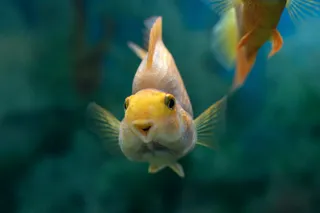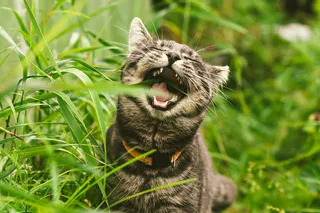The sickle-shaped “killing claws” of dinosaurs like
and Velociraptor have captured the imagination for decades. They were held aloft from the second toe, and were far bigger than the neighbouring claws. In Jurassic Park, Alan Grant tells an annoying child that the dinosaurs used their claws to disembowel their prey with slashing motions. That seems unlikely – they didn’t have a suitable cutting edge. Others have suggested that they were used for climbing onto larger prey. But neither idea made sense to Denver Fowler from Montana State University, who has put forward a very different idea about how these animals used their infamous claws. He compared the feet of extinct dinosaurs like Deinonychus to those of living dinosaurs like eagles, hawks and other birds of prey. Both groups are known as “raptors” and Fowler thinks that they share more than their nicknames. In his vision, which he calls the ...













